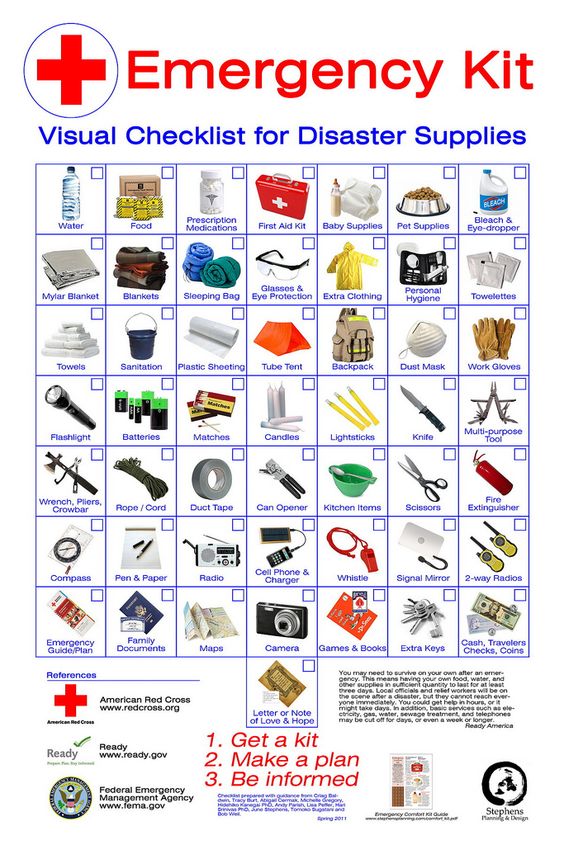How to grow Cucumbers
When to Plant Cucumbers
Sow seeds directly into prepared rows or hills one to two weeks after your last spring frost, and make a second planting a month later. Where summers are short and cool, start seeds indoors under bright fluorescent lights two weeks before your last spring frost. If kept moist and warm (above 70 degrees Fahrenheit), cucumber seeds should sprout within five days. Set out 3- to 4-week-old seedlings after your last frost has passed.
How to Plant Cucumbers
Choose a sunny site with fertile, well-drained soil with a pH between 6.0 and 6.5. Grow cucumbers in rows or hills spaced 6 feet apart, or try increasing yields by training vines up a vertical trellis.
Mix a 2-inch layer of rich compost into the planting site, along with a light application of an organic fertilizer. Thoroughly water the soil before plating seeds half an inch deep and 6 inches apart. When the seedlings have three leaves, thin them to 12 inches apart, which is the spacing you should use if transplanting seedlings.
Cucumber Harvesting and Storage
Cucumbers self-regulate how many fruits they carry at a time. To maximize production, harvest fruits as soon as they reach picking size. Pick daily, because under ideal conditions, cucumber fruits can double in size in just one day. Use scissors or small shears to snip fruits with a short stub of stem attached. Lightly scrub, pat dry and refrigerate harvested cucumbers right away.
Depending on variety and size of the fruit, one cucumber plant will typically bear 10 to 20 fruits, which would total about 2 to 3 pounds. A pound of cucumbers yields about a pint of pickles, and six healthy plants of a pickling variety will produce enough cucumbers in one season to make more than a dozen pints of pickles.
Saving Cucumber Seeds
To save seeds from open-pollinated varieties, allow perfect fruits to ripen on the vine until they develop leathery yellow or brown rinds. Slice away the rinds without cutting into the seeds, place the cores in a pail of water, and mash with your hands. After two days, remove the seeds that have accumulated at the bottom of the pail and spread them out to dry on newspaper or paper plates (discard any floating seeds). Allow seeds to dry at room temperature for two weeks before storing your largest, plumpest ones in a cool, dry place. Cucumber seeds should stay viable for at least five years.
 Preventing Cucumber Pests and Diseases
Preventing Cucumber Pests and Diseases
Grow cucumbers under row cover tunnels for pest protection. After plants begin blooming heavily, remove the covers so insects can pollinate the flowers.
You can control cucumber beetles using yellow sticky traps, but the traps may also snare small beneficial insects and pollinators. In large plantings, perimeter trap crops of ‘Blue Hubbard’ winter squash can be an effective cucumber beetle control strategy. Because the beetles prefer the squash plants, you’ll intercept the pests before they can wreak havoc on your future pickle supply. Nearby plantings of borage may also help suppress cucumber beetle populations: I suspect they are intimidated by the large bumblebees and other insects that hang out in the borage.
Bacterial wilt is a common disease spread by cucumber beetles. Initially, a single stem wilts, followed by another, and within a week infected plants are barely alive. The best defense is to grow resistant varieties, such as ‘County Fair’ or ‘Little Leaf,’ or to protect plants with row covers.
Powdery mildew often infects old cucumber plants, turning leaves dull gray and halting plant growth. Many varieties offer some genetic resistance, such as ‘Little Leaf’ and ‘Marketmore 76.’ Pull up and compost badly infected plants.
Growing Tips and Ideas
Use a trellis, such as a wire tomato cage, to increase the leaf-to-fruit ratio of your cucumbers, which will increase yields of flawless, flavorful fruits that are easier to pick. To further increase your yields, mulch beneath cucumbers with organic material.
Make two plantings a month apart to stretch your season, and try to plant different varieties. If your area has super-hot summers, grow a second crop in early fall, using row covers.
If you’re planning crop rotations, note that cucumbers often do well following cabbage-family crops.
A popular intercropping technique is to seed crimson clover between cucumber rows just as the plants begin to “run” (send out vines). The clover will germinate and grow beneath the cucumber vines, and will become well-rooted before winter.
Information source: Mother Earth News


















